Disinvestment
The Latest

Redlining Maps Didn’t Affect Neighborhoods the Way You Think They Did
Home Owners’ Loan Corporation maps have long been blamed for racial inequities in today’s Black neighborhoods, but recent research shows that’s misleading.
Explore Articles in this Topic
Search & Filter Within this Topic
filter by Content Type
filter by Date Range
search by Keyword
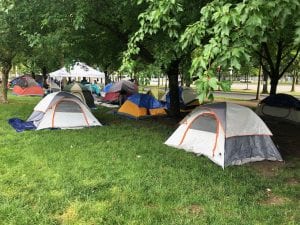
‘We Need Those Houses’—Activists Take Over Vacant Housing Authority-Owned Homes
About 50 people—mostly single mothers and their children—have been living in vacant Philadelphia Housing Authority units since March. The move-ins are both acts of necessity and a political protest against the PHA.
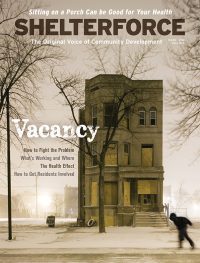
There’s Opportunity in Vacancy
Thinking of abandoned properties as merely problems we wish would go away feeds into some of the less productive ways vacant properties have been handled.

The Two Vacancy Crises in America’s Cities
Vacant properties are a serious problem in two kinds of neighborhoods. To address them, we need to know which kind we’re looking at.

State Policies Play a Central Role in the Fight Against Vacant Property
Abandoned and vacant properties seem like a quintessentially local problem. But state policies have a huge effect on how well municipalities can fight it.
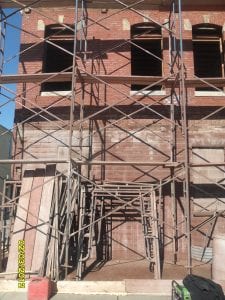
Making a Pipeline for Vacant Building Rehab
Baltimore’s Vacants to Value program sparked revitalization block by block with a few key legal powers and partnerships.
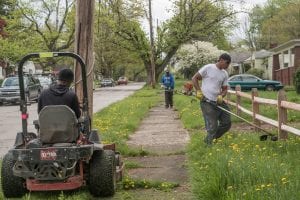
How to Fight Vacancy? Do It All
The fight against vacancy in Youngstown, Ohio, shows us that we shouldn’t rely on a single strategy—everything is needed at once.

Transforming Vacant Land Into Community Assets
Vacant land activities can be low cost and high impact; the price of failure is not steep, but the return on investment can be high.

How to Fund Land Banks
The number of land banks grew dramatically in the wake of the foreclosure crisis. So has our understanding of how to successfully fund them.
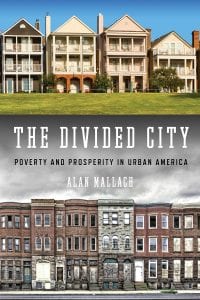
Can Cities Fix Their Polarization Problem? A Review of The Divided City
How different would cities look and how different would people’s lives be if those with the power to set policy and invest resources prioritized the most vulnerable residents and the neighborhoods they live in?

Rebellion Spurs Opportunity and a New Housing Movement
How a Baltimore collaborative plans to make shared-equity housing a significant sector in the local housing market.
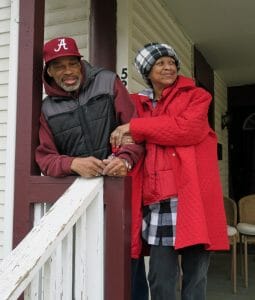
Getting Ahead of Gentrification in the South Side of Columbus
More than a decade after several groups came together to improve substandard housing in the South Side of Columbus, signs of gentrification and forced displacement are beginning to emerge. Can something be done so current residents can afford to stay in their neighborhoods for years to come? The short answer is yes.

Q: Is It Time to Bury Racially Loaded Planning and Development Terms?
Shelterforce has gathered some racially loaded terms that are common in our field. We suggest you use these sparingly and carefully, if at all.
